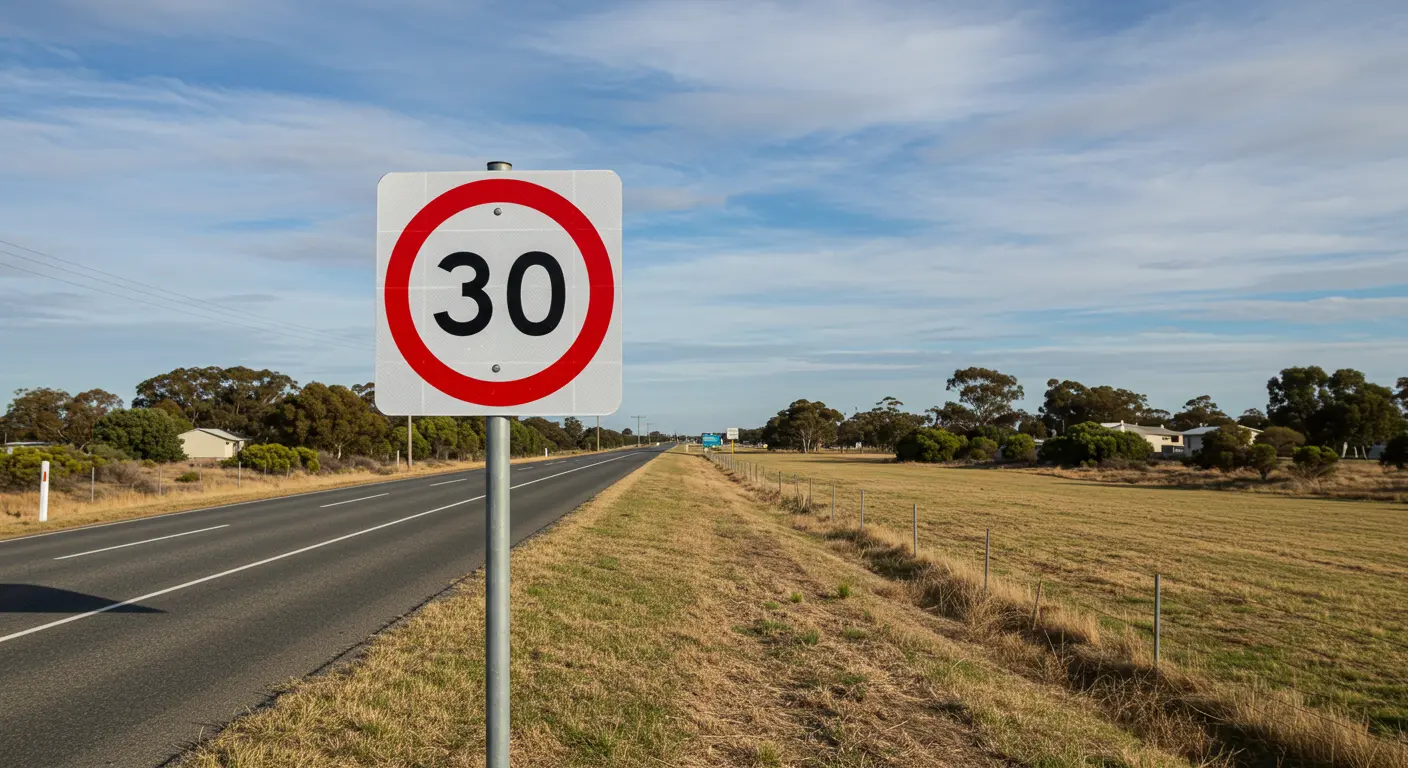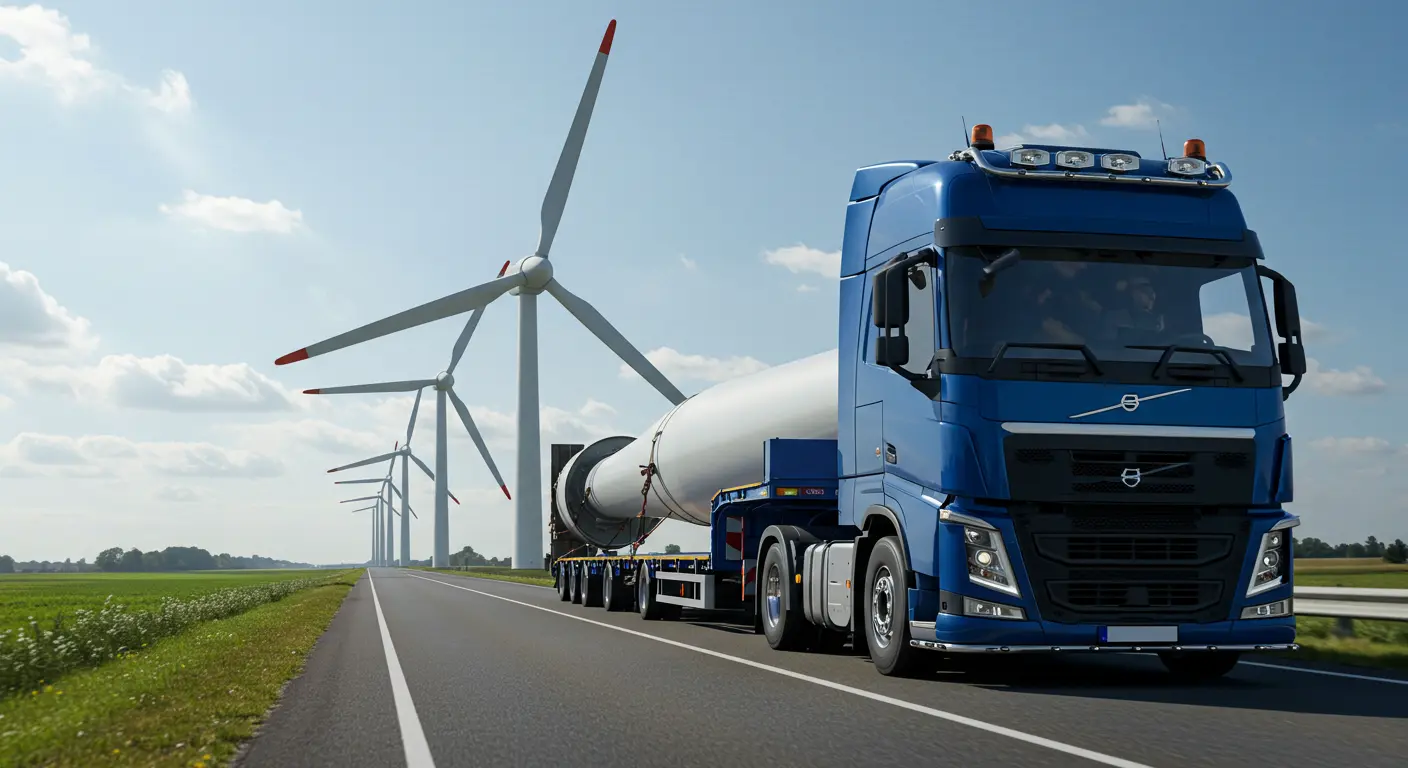In a major shake-up, Carlos Tavares, CEO of Stellantis—the automaker behind brands like Chrysler, Jeep, Fiat, and Peugeot—has stepped down.
This comes amidst significant challenges, including declining sales, internal criticism, and mounting pressure from the United Auto Workers (UAW) union. Let’s unpack the reasons behind his resignation and what it means for the future of Stellantis.
Why Did Carlos Tavares Resign?
Carlos Tavares, who played a pivotal role in merging PSA Group with Fiat Chrysler Automobiles to form Stellantis in 2021, resigned due to “differences with the board” and growing pressure from various stakeholders.
Key Factors Leading to His Exit:
- Sales Decline:
- Global sales dropped 10% in the first half of 2024 and plummeted 20% in Q3.
- U.S. sales fell by 17% in the first nine months of 2024, disappointing Stellantis’ core customer base.
- High Vehicle Prices:
- By late 2023, Stellantis vehicles averaged $58,000 in the U.S., the second-highest in the industry.
- Despite price reductions, the high costs alienated traditional customers, impacting sales further.
- Workforce Tensions:
- Layoffs included over 1,200 workers at the Warren, Michigan plant and 1,100 at the Toledo Assembly Complex South.
- The UAW accused Stellantis of contract violations and threatened additional strikes.
- Leadership Criticism:
- Both the UAW and the Stellantis U.S. dealers’ council criticized Tavares for focusing on short-term profitability at the expense of long-term growth.
Impact of Tavares’ Leadership
During his tenure, Tavares spearheaded aggressive profit-driven strategies that culminated in record profitability in 2023.
His $36.8 million compensation package, however, drew backlash from both the workforce and industry stakeholders.
Kevin Farrish, chairman of Stellantis’ U.S. dealers’ council, highlighted how these short-term strategies eroded U.S. market share and strained dealer relationships.
Stellantis’ Path Forward
Interim Leadership
John Elkann, Stellantis’ chairman, will oversee an interim executive committee until a permanent CEO is appointed by mid-2025.
Challenges Ahead
- Restoring Market Confidence:
- Rebuilding trust with customers and dealers is critical. Competitive pricing strategies may be essential to regain market share.
- Meeting Union Demands:
- Addressing worker grievances and avoiding further strikes will be pivotal to stabilizing production.
- Strategic Adjustments:
- Balancing profitability with sustainable growth and innovation in the EV sector.
What’s Next for Stellantis?
While Tavares’ exit marks a turning point, it also underscores the challenges Stellantis faces in navigating a rapidly evolving automotive landscape.
From tackling its pricing issues to expanding its EV portfolio, the automaker has significant work ahead.
The next CEO will need to prioritize long-term strategies, align with evolving market demands, and repair strained relationships with workers and dealers.
As the global auto industry leans into electrification and innovation, Stellantis’ response in the coming months will define its trajectory for years to come.
See Also














